I grew up as a whitewater paddler, and some years ago paddled a whitewater kayak to a little island in the Baltic Sea. The boat was quite capable in rough water with high waves, but far from ideal for paddling long distances while carrying a load of camp-cruising supplies. After that trip I knew I needed a different kayak for cruising.It took some years to take that step, but just as I was beginning to build boats with plywood and epoxy, we were locked down by COVID-19 and I decided to use the time to build a pair of kayaks for my wife and myself. I wanted to have safe, light, maneuverable kayaks that were still fast and could carry enough gear for longer trips. They should be uncomplicated to use and store, and meet my wife’s beginner abilities as well as my own. Paddling should be fun in the tranquil lakes and rivers near our home, as well as on rough coastal waters.Finding a design that met all these criteria seemed almost impossible, but then I read about the Petrel Play designed by Nick Schade of Guillemot Kayaks. It was described as “a compact kayak designed for exploring rivers, lakes, and harbors, and playing in races, rips and surf.” It was shorter and wider than a typical modern sea kayak, and while designed for playing in the surf, it was also well suited to making short coastal cruises.
Join The Conversation
We welcome your comments about this article. To include a photo with your remarks, click Choose File below the Comment box.

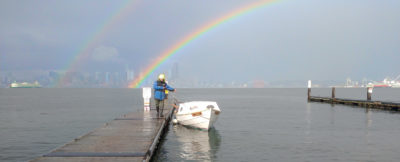

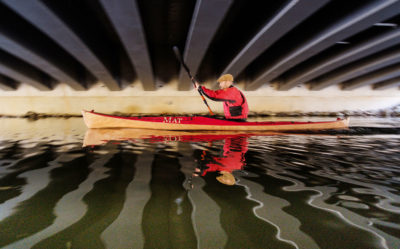
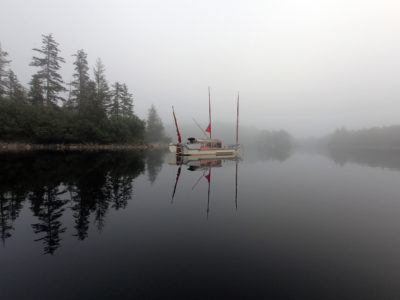
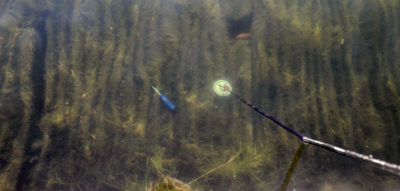
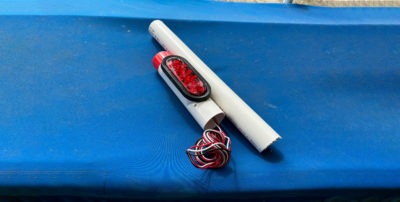
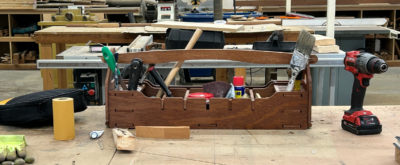
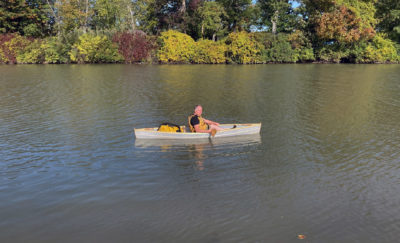
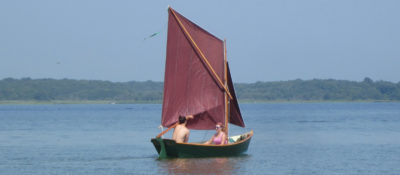

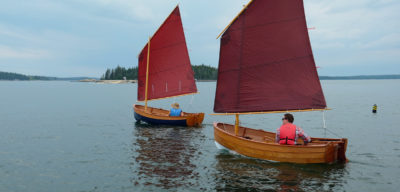
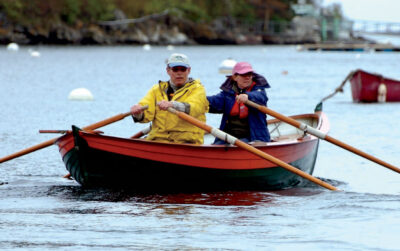
I see that CLC is still specifying copper for wiring the hull panels together. Why? Pygmy (alas, no longer with us) provided soft iron for this task, which worked very well, and was easy to remove after the initial gluing. And cheaper than copper. Does CLC still specify leaving the wire in, and taping over it? Can’t help but leave a lumpy joint, and the remaining wire adds virtually no strength.
Plywood, especially high quality 3 and 4 mil, can easily be bent with heat (no moisture needed!). If you heat bend with the long grain (grain of the surface veneer) you can bend into quite a sharp curve. I use either a heat gun for this or a little propane radiant heater I found many years ago. If you glue two of these together, as you might do for a knee or thigh brace, the resulting lamination is very stiff and strong. By using dry heat, you avoid raised grain and having to wait for the wood to dry out.
Anyhow, you did a nice job on the build, and I predict you will enjoy your boats for many years to come.
Thanks, David, for your comment. The copper wires are removed after fixation of the parts with superglue. That gives you the possibility to have a smooth surface inside the boat without wires. Using soft iron will create the same result and is cheaper. While working, I felt a 0.8 mm copper wire is nicely to handle. I used wire for coils which is coated and does not leave marks at hands, boat or tools. There are only 2 or 3 spaces where the wires can not be removed and stay in the finished boat. For bending I didn’t have to use heat but I like the way you describe bending with heat. I use a heat gun with adjustable temperature.
Hi Sebastian,
Thanks for your comprehensive review. I have just ordered my plans from CLC. I was tossing up between the Petrel Play SG and the Shearwater Sport; your review described the kayak I was after and so nudged me to the Petrel. I have a Chesapeake 17 touring kayak that I paddle my local coastline with currently, it’s a great boat but I’m looking for something to use in the surf and when there’s a ‘lumpy’ sea running. I’m looking forward to getting stuck into the build. (I think I enjoy building almost as much as I do paddling.) Great job on your kayaks, they look fantastic!
Cheers from Australia
Hi Andrew,
I hope your Petrel Play project is on going. During building the two boats I was looking for a solution of not drilling any hole into the hull and found some very interesting ways. All the lines go through a kind of laminated “tunnel” and the footrests a glued a the inside. The boat is perfectly tight. If you would like further information just contact me.
Good luck with building the boat!